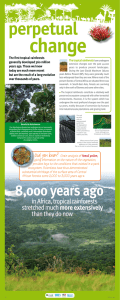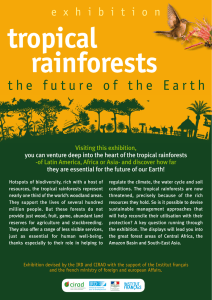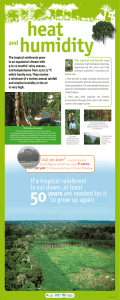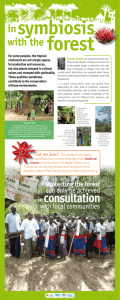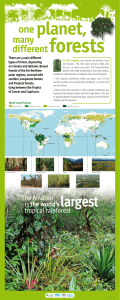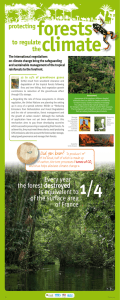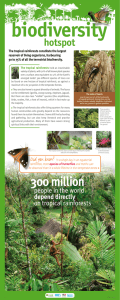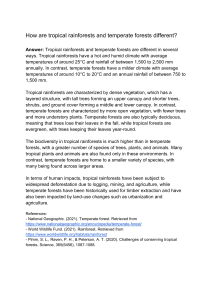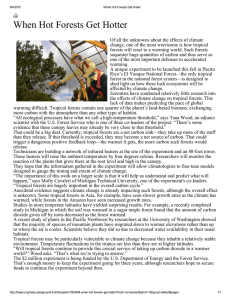interactions multitude
advertisement
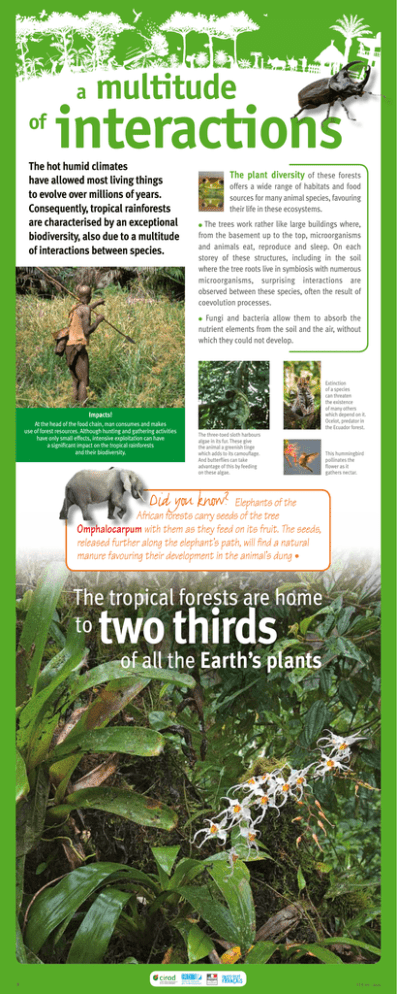
a of multitude interactions The hot humid climates have allowed most living things to evolve over millions of years. Consequently, tropical rainforests are characterised by an exceptional biodiversity, also due to a multitude of interactions between species. The plant diversity of these forests offers a wide range of habitats and food sources for many animal species, favouring their life in these ecosystems. The trees work rather like large buildings where, from the basement up to the top, microorganisms and animals eat, reproduce and sleep. On each storey of these structures, including in the soil where the tree roots live in symbiosis with numerous microorganisms, surprising interactions are observed between these species, often the result of coevolution processes. Fungi and bacteria allow them to absorb the nutrient elements from the soil and the air, without which they could not develop. Extinction of a species can threaten the existence of many others which depend on it. Ocelot, predator in the Ecuador forest. Impacts! At the head of the food chain, man consumes and makes use of forest resources. Although hunting and gathering activities have only small effects, intensive exploitation can have a significant impact on the tropical rainforests and their biodiversity. The three-toed sloth harbours algae in its fur. These give the animal a greenish tinge which adds to its camouflage. And butterflies can take advantage of this by feeding on these algae. This hummingbird pollinates the flower as it gathers nectar. Did you know? Elephants of the African forests carry seeds of the tree Omphalocarpum with them as they feed on its fruit. The seeds, released further along the elephant’s path, will find a natural manure favouring their development in the animal’s dung • The tropical forests are home to two thirds of all the Earth’s plants 8 MINISTÈRE DES AFFAIRES ÉTRANGÈRES ET EUROPÉENNES FTH/en - 2011
